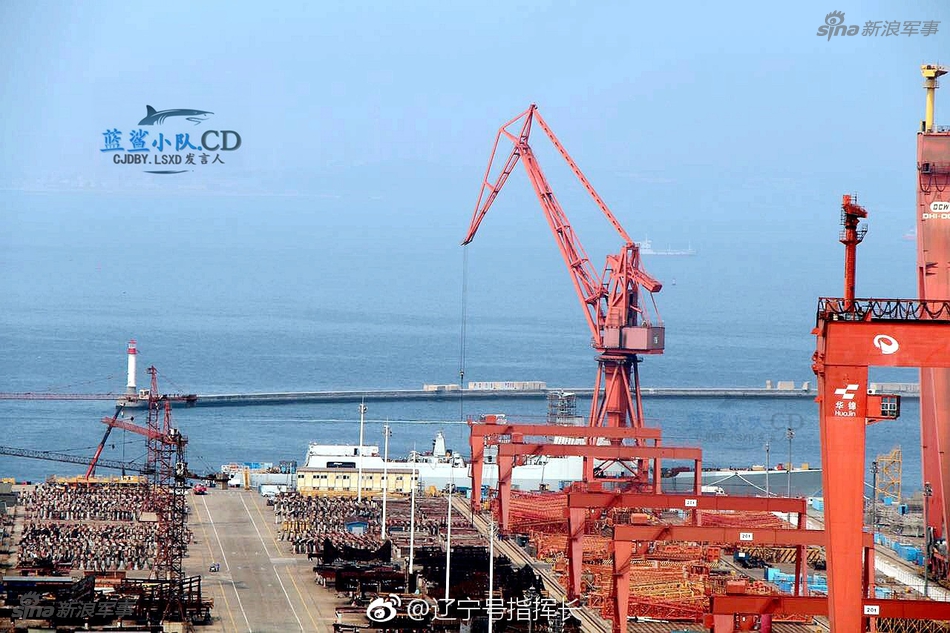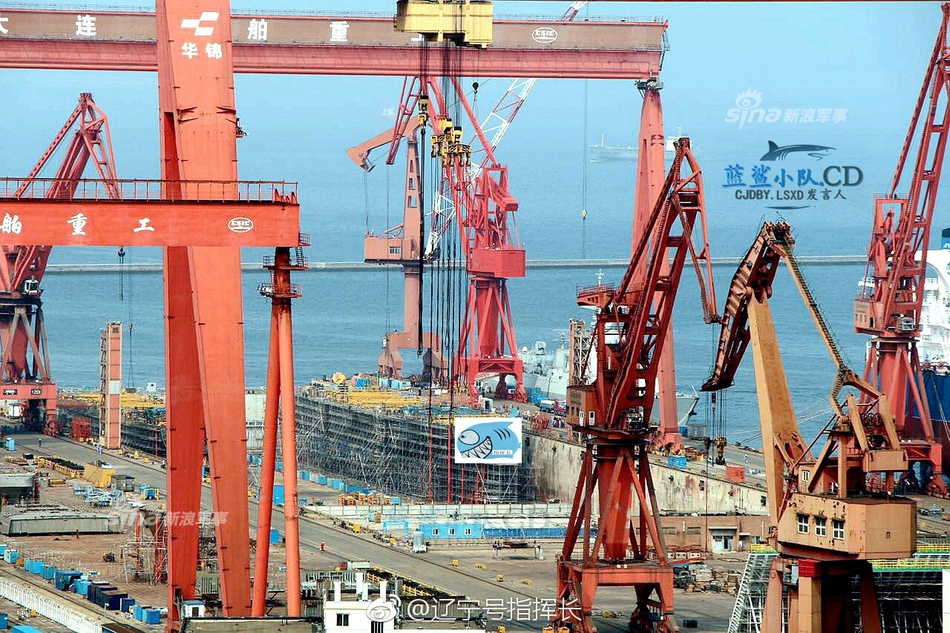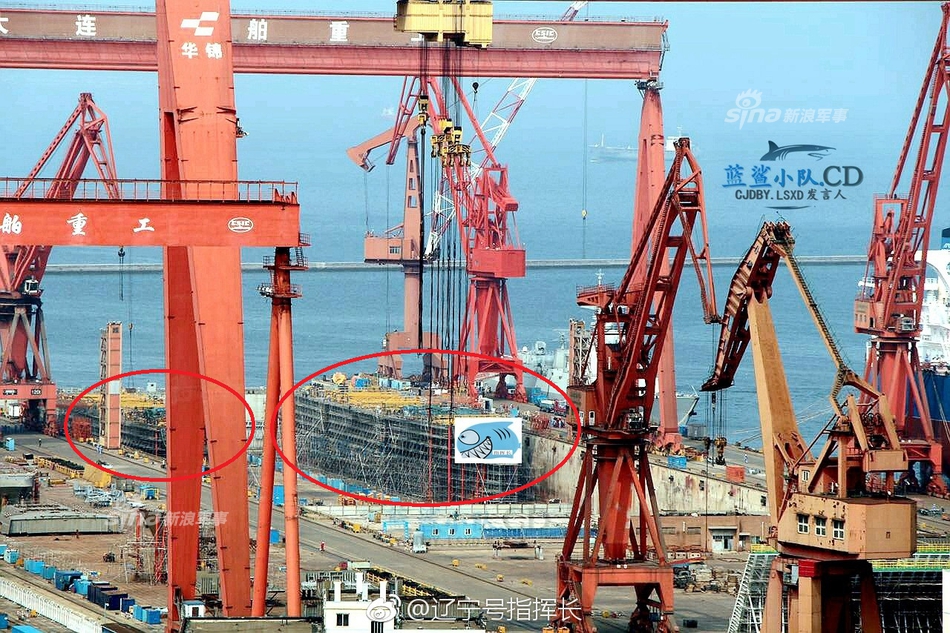Jura The idiot
General
my point (which I didn't say) has been with L/B of 9:1 the Type 055 would be a typical Cruiser, as inJust as a comparison, the Daring has a L:B ratio of 7.2:1, the Zumwalt is 7.3:1, the Horizon is 7.5:1, the Burke is 7.7:1, the Atago is 7.9:1, the 052D is 9.2:1, and the Tico is 10.3:1. So either 8:1 or 9:1 for the 055 is not going to raise any eyebrows, though clearly the trend is a lower L:B ratio with many of the more recent ships.
186.4/20.8 = 8.9615 of the Slavas



